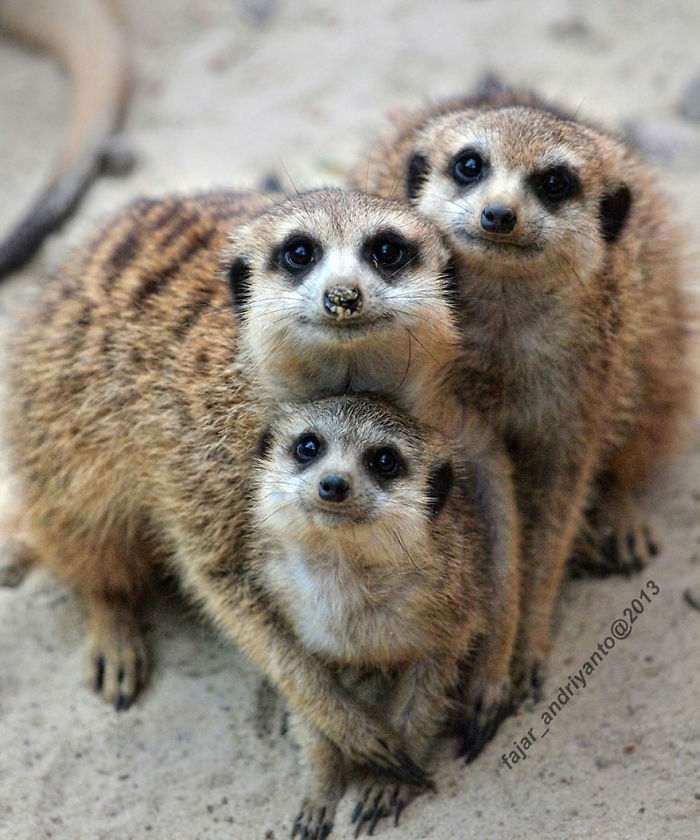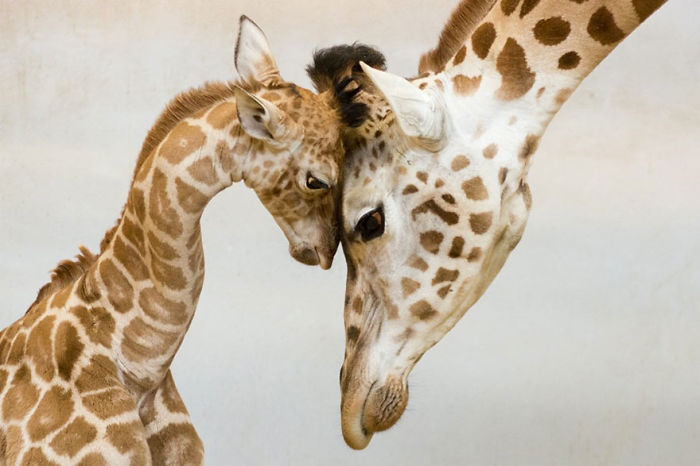 As a therapist, two questions I frequently hear are “Why do I have to connect with my Inner Child and how do I know the child part is there?” Great questions.
As a therapist, two questions I frequently hear are “Why do I have to connect with my Inner Child and how do I know the child part is there?” Great questions.
The short answer: Our inner child self is that part of us that is spontaneous, loving, playful, joyful, creative, and innocent. When we suffer early parental attachment injury, the child learns to shut down these life-affirming qualities and replace them with adaptive responses to trauma: dissociation, fear, somatic symptoms, anxiety, anger, and shame. The wounded child and her authentic self go into exile, where she is safe and protected from perceived danger in her family or in the world.
These unhealed traumas can live on into adulthood, and impact every aspect of our lives: self-esteem, work, health, relationships, creativity, and life purpose.
There’s good news! We can rediscover, befriend, and heal the inner child, creating over time a profound sense of wholeness, inner security, calm, and self-esteem. Thanks to brain neuroplasticity we can repair attachment traumas by “rewiring” the brain. I have found that the five attachment healing models below are helpful in helping clients reconnect with and heal the inner child:
Janina Fisher PhD (Trauma-informed Stabilization Treatment (TIST), teaches mindful awareness of and dialogue with one’s inner traumatized C-PTSD parts, honoring their brilliant survival strategies, and repairing attachment by reconnecting the Wise Adult Self with the Traumatized Child.
Laurel Parnell PhD (Attachment-based EMDR: Healing Relational Trauma), has a protocol for imagining and “tapping in”, through bilateral stimulation, healthy development and attachment—from the in-utero stage, through the birth process, toddlerhood, latency, and into adolescence.
Lucia Capacchione, PhD (Recovery of Your Inner Child), teaches writing and drawing with your non-dominant hand to connect with the Inner Child.
Daniel Brown PhD (Attachment Disturbances: Treatment for Comprehensive Repair), created a guided visualization, whereby one imagines parents who “did all the right things”. Over time, a positive, stable working map of attachment replaces the old insecure attachment “map”. This visualization can work well in conjunction with psychotherapy, and is available on YouTube.
The journey of self-transformation involves vulnerability, courage, and commitment to embracing our inner child. In the words of author Elizabeth Gilbert (O Magazine, 2016):
“Many years ago when I was going through a dark season of depression and self-loathing, I taped a sweet photograph of myself at the tender age of 2 on my bathroom mirror. Looking at that photo every day reminded me that I once was this blameless little person, deserving of all tenderness—and that part of me would always be this blameless little person deserving of all tenderness.
Meditating upon a smaller and more innocent version of my face helped me learn to be more compassionate to myself. I was finally able to recognize that any harm I inflicted on me, I was also inflicting on her. And that little kid clearly didn’t deserve to be harmed.
Reconnecting with one’s inner child is a terrific therapeutic practice, whether you have old wounds to heal or simply want to avoid opening up new ones.”



